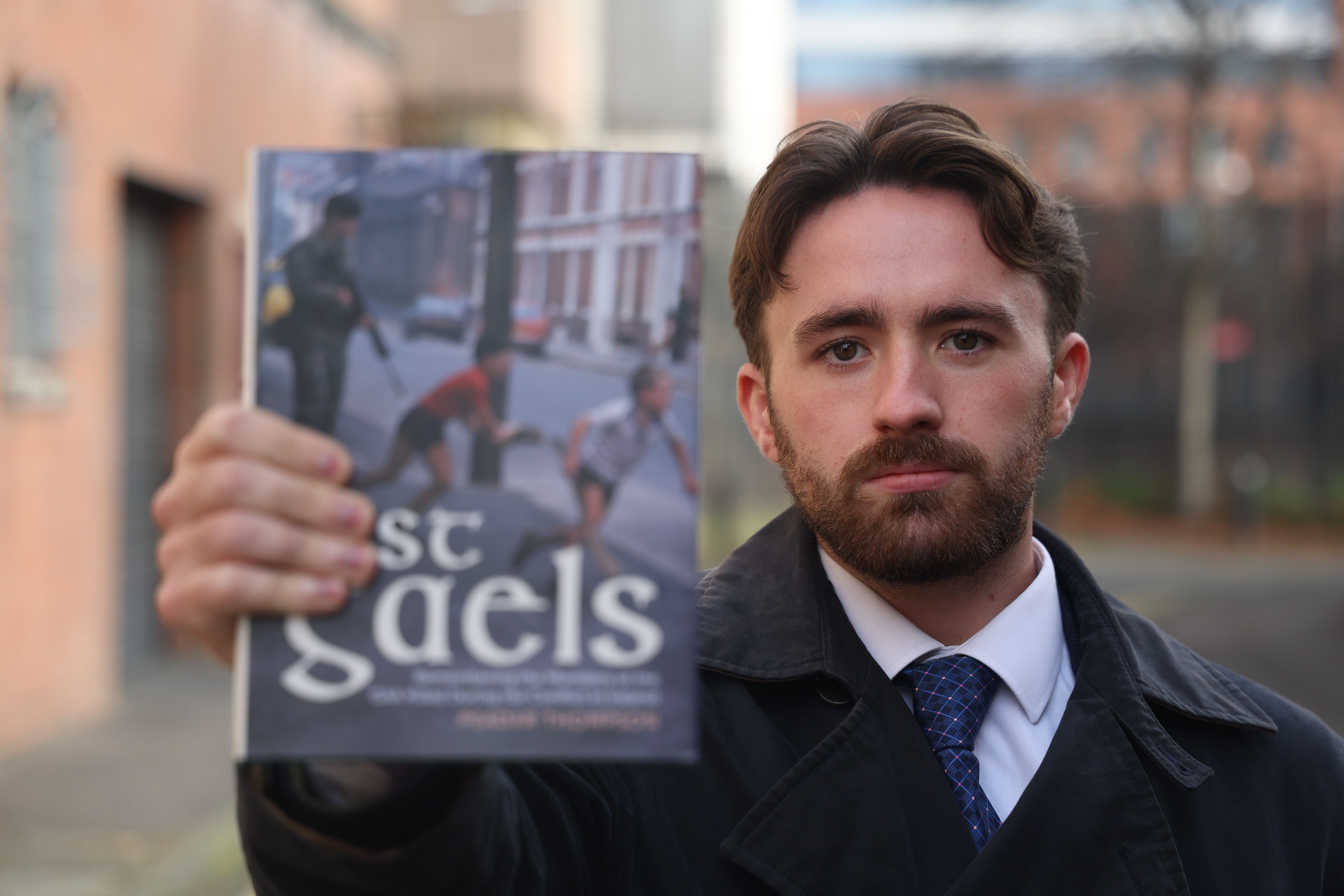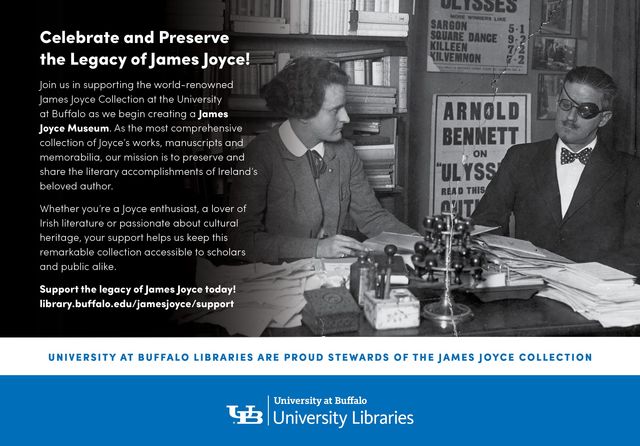It was the start of July. "Marching Season," as it is known in the north of Ireland, was in full swing.
A growing sense of unease was setting in. “Right! Jim’s not long off the phone. He’s bringing us up to his place in Gaoth Dobhair.”
Not long afterwards Uncle Jim, Dad, my brother Oisín and I were squeezed into Jim’s red Chevrolet Matiz, racing towards Donegal to join the tail end of the Catholic exodus from the Six Counties. Anxieties were calming.
As we neared Derry, traffic slowed, then stopped. The unmistakable bang of the Lambeg drum quickly addressed our confusion at the holdup. We had driven into the middle of an Orange Order march. As my father told us all to act normal and stay calm, pointing out the reassuring presence of the police, Oisín and I were taking matters into our own hands. When he looked back to check on us, he was met with the sight of his two sons sitting in their underpants. Our GAA kits were tucked under seats and stuffed into door pockets.
My parents occasionally recall this story while laughing about some of the more absurd legacies of our conflict in everyday life. As a child, I never knew war. I grew up speaking the Irish language, spent my summers playing GAA from sunrise to sunset, and have only ever held an Irish passport. My Irish identity was an unimpeachable fact of my life. Yet, here, Oisín and I were in our underpants.
Behind the humour of that story, I sometimes reflect on its sadness: a seven-and eight-year-old Gael afraid of the perceived consequences of wearing their GAA kit in the wrong place, with decades of history from which to learn.
Five summers earlier, in Glengormley, 19-year-old Gerard Lawlor was shot dead not far from his St. Enda’s GAA clubhouse. The year before, 18-year-old Gavin Brett was shot dead standing outside.
Gerard was a Gael, Gavin was not. To their killers, their perceived association with the GAA was reason enough. Our road to Donegal from West Belfast bypassed St. Enda’s clubhouse, and soon entered the town of Toomebridge.
Oisín and I knew Toome like the back of our hands. We grew up there, and the local GAA club, Erin’s Own, Cargin, was the place we first learned to kick a ball. During the violent decades of conflict, Cargin lost three members.
Not five minutes on the other side of Toome was the townland of Ballymaguigan and one of the most successful GAA clubs in Ulster football history, St. Trea’s. That club lost four of its members.
Then we entered the homeland of Seamus Heaney, and passed more clubs, each with esteemed GAA histories and each scarred by conflict: Bellaghy, Lavey, Glen and Slaughtneil. Pushing up the road, we came to the town of Dungiven and passed the mural of a young Kevin Lynch lifting the 1972 Under 16 All-Ireland hurling trophy. He would later die on hunger strike in 1981 along with nine other men. In total, five Gaels died on hunger strike.
For myself and my brother, that collective memory of Gaels living through the conflict felt very real. The fact remained that we were heading towards the smell of burning turf in Jim’s Donegal cottage while the Orangemen were marching towards the smell of burning tyres, Catholic effigies and Irish tricolours adorning their bonfires.
And while my father pointed out the reassurance of the PSNI’s presence, the reason we were making the journey from West Belfast and not from Toome was because, a year earlier, others wearing the PSNI uniform had plotted to murder him, along with other human rights defenders, forcing our family to move.
The links between the sport and the association we loved with the conflict we hadn’t lived through were inescapable. Years later, I set about exploring those links. It started with a simple question: how many Gaels were killed in the conflict? To my surprise, some 25 years after the Good Friday Agreement, the largest sporting and civic organisation on the island did not know.
While there is a discussion to be had as to why that was the case, the need to create that first record was obvious. In going about this research, the true extent of the impact of the conflict on the GAA became less anecdotal and increasingly evident. No longer “I think” or “I heard” but “I know."
At a minimum, 164 Gaels were killed in the conflict, many because they were Gaels, others because they belonged to the nationalist community. Gaels were also killed as active combatants, and some died at the hands of republicans. What connected each of those individual lives was the collective love they shared for the GAA.
It is the same love that connects all of us Gaels. A shared passion and commitment to community, sport and culture. This was the connection I truly wanted to explore: who were these people? Where did they grow up? What role did they play in the GAA? Not how were they killed, but, instead, how did they live?
Working directly with the bereaved families and friends of each Gael, I slowly began collecting the human stories behind each of those names. Family memories, love stories, and triumphs and failures, both on and off the GAA pitch, were explored and recorded.
Pain and a legacy of loss are evident in these stories but shining through each are the humanity, resilience and strength of every person and family recorded. The raison d’être behind this book quickly became the broadening of the legacies of each Gael lost to the conflict, so that they are no longer remembered solely for the circumstances of their death, but also for the lives they lived. Not just a victim, but a person, and a Gael.
This is a crucial point. How we choose to record our history, and I emphasise that it is a choice, impacts the lessons future generations draw from.
If we only record statistics and numbers, we lose nuance and contradiction. Most importantly, we risk losing a sense of humanity when we examine the conflict. Behind each statistic is a person and their grieving family. In empowering those families to record their experiences, we ensure that our historical record is sensitive to that fact, and we acknowledge the hurt and loss we collectively promised to prevent in the future. No one in Ireland asked for conflict, and regardless of how you believe it came about, we must bring the compassion and patience radiated by each person I interviewed into our conversations about how to resolve the legacy of its impact. My hope for this book is to help with that.
That is why I consider it an immense privilege and honour, but no surprise, for this book to be receiving such a great reception with our Irish-American diaspora. Throughout the conflict and its aftermath, when bereaved families struggled to have their voices heard, they found a platform on American shores. Then, as now, victims of our conflict have found an immense strength from knowing that there are those abroad who will not permit their experiences to be forgotten and who will stand by them.
In this regard, the joint support of the Ancient Order of Hibernians, the Ladies Ancient Order of Hibernians, and USGAA has been foundational in enabling this book tour.
As you will hopefully come to appreciate in person, this book carries a lot of weight, both literally and figuratively. In its beautiful design and full-coloured pages, it could not have a more fitting presentation of its contents. Its physical size, however, made the prospect of bringing it to an international audience slim.
But for the intervention, tenacity and resourcefulness of AOH President Sean Pender in rallying Irish America, this tour would not be happening.
In working with me, my father Mark at Relatives for Justice, and our publishers at Merrion Press, Sean has coordinated almost all aspects of this tour. The AOH, LAOH and USGAA have enabled these stories to travel and to be heard.
For that, I am sure I speak for all the families involved in this project in extending my sincerest gratitude, and I look forward to sharing their stories with you and our fellow American Gaels in person.






